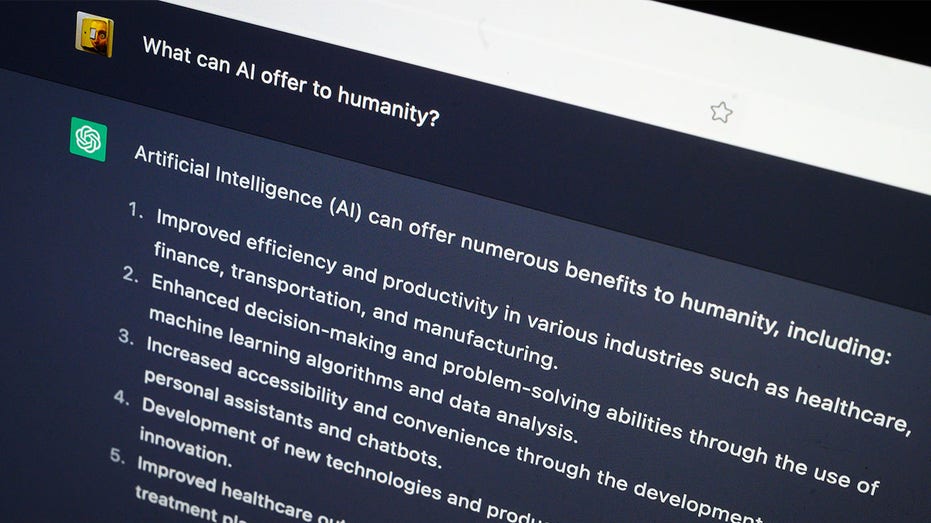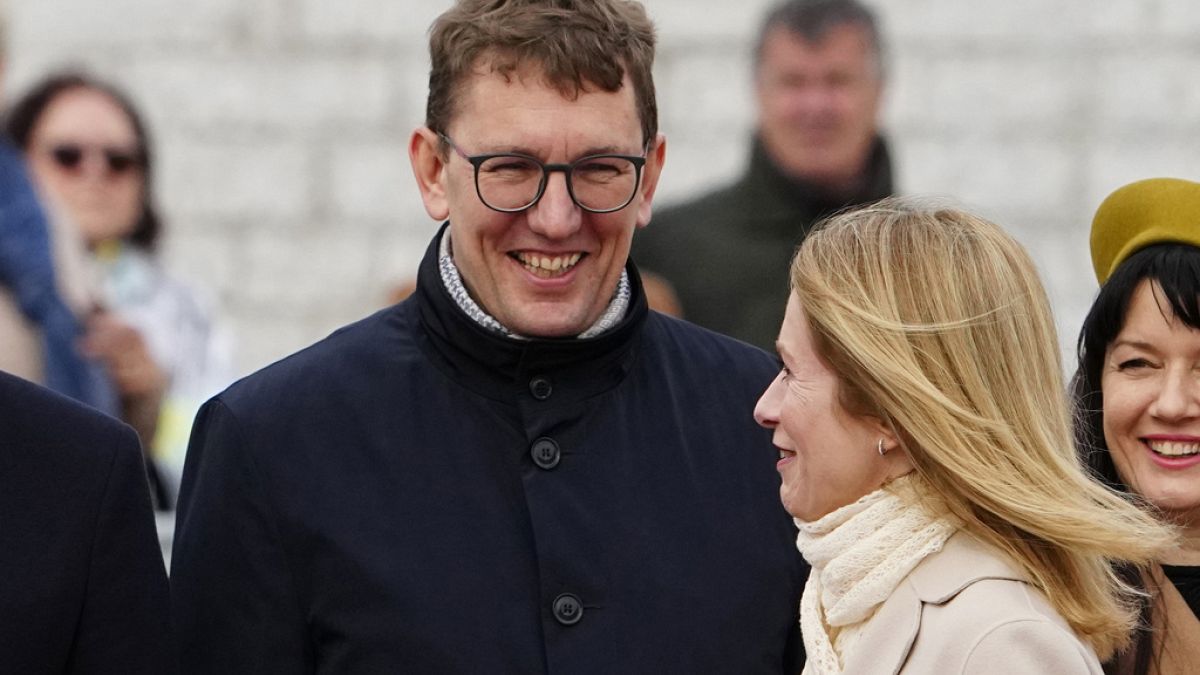An OpenAI executive says while generative artificial intelligence (AI) could replace some jobs in creative fields, some of those roles may have been replaceable or unnecessary to begin with.
OpenAI Chief Technology Officer Mira Murati told Dartmouth University’s engineering department earlier this month she thinks generative AI will primarily be a complementary tool for the creative industry but that some roles could be eliminated.
“I think it’s really going to be a collaborative tool, especially in the creative spaces,” Murati said. “Some creative jobs maybe will go away, but maybe they shouldn’t have been there in the first place.
“I really believe that using it as a tool for education [and] creativity will expand our intelligence.”
TWO-THIRDS OF US JOBS COULD BE EXPOSED TO AI-DRIVEN AUTOMATION: GOLDMAN SACHS
Murati also spoke this week at the Cannes Lions International Festival of Creativity and suggested that there will be “collaboration” between humans and AI, suggesting the continued role of humans in the workforce and AI technology playing the role of an assistant.
WHAT IS CHATGPT?
Since the launch of OpenAI’s ChatGPT in November 2022, speculation has mounted about the impact of the emerging technology on workers and whether its widespread adoption could result in mass job losses or otherwise reshape the modern workforce.
Analysts at the McKinsey Global Institute last year released a report that found that AI-powered automation could take over about 29.5% of Americans’ work hours by 2030, whereas automation without generative AI would be able to handle about 21.5% of the hours worked.
ACCELERATED ADOPTION OF AI COULD AUTOMATE 30% OF AMERICANS’ WORK HOURS: MCKINSEY

The report examined different job categories and found that creatives and arts management would see the amount of hours that can be covered by automation increase by about 15% to roughly 25% of hours worked.
“Our research does not lead us to estimate job losses, although we cannot definitively rule out that conclusion, at least in the short term. Technological advances often cause disruption – but historically, they have eventually fueled economic and employment growth,” the report noted.
WHAT IS ARTIFICIAL INTELLIGENCE (AI)?
A report released a year ago by economists at Goldman Sachs analyzed the potential impact of AI on the workforce in 900 different occupations and found that AI will likely have a “significant” impact on the labor market. Most jobs and industries “are only partially exposed to automation and are thus more likely to be complemented rather than substituted by AI,” the report said.
The Goldman Sachs report also noted the emergence of new technology such as AI has historically driven the creation of new jobs.
It cited a study by economist David Autor, who found that about 60% of workers today are employed in occupations that didn’t exist in 1940, which the Goldman Sachs economists said implies that over 85% of employment growth in the last 80 years has been driven by technological innovations that lead to the creation of new occupations.



